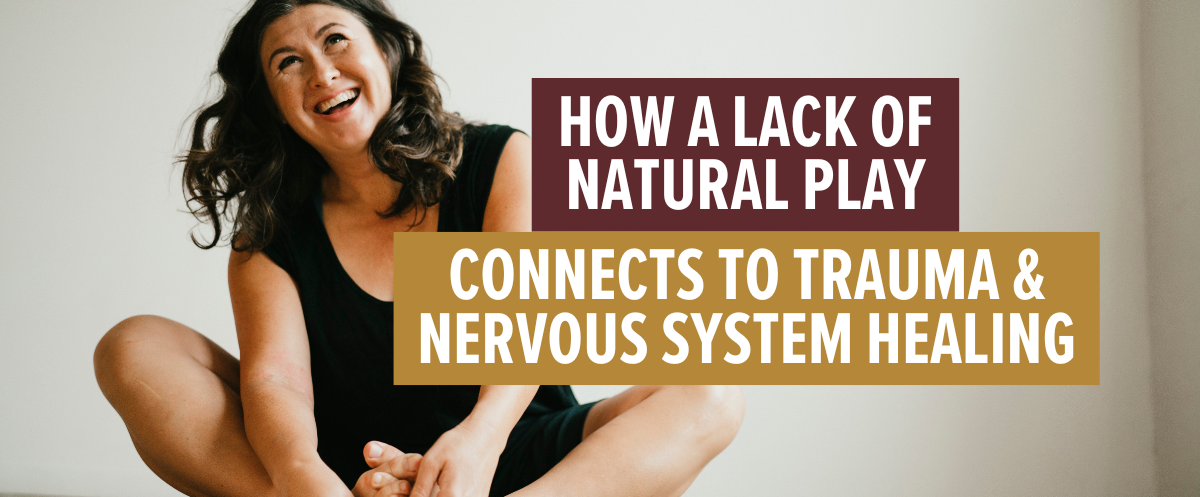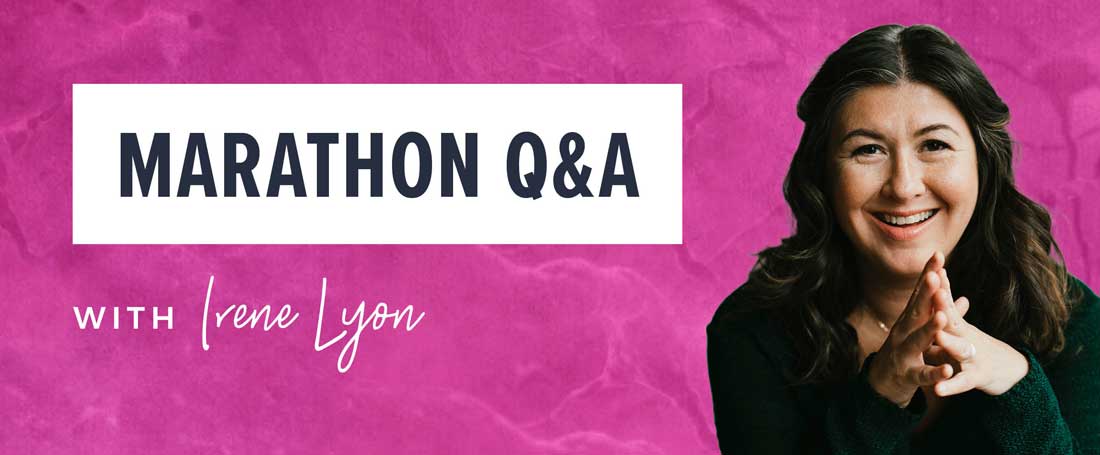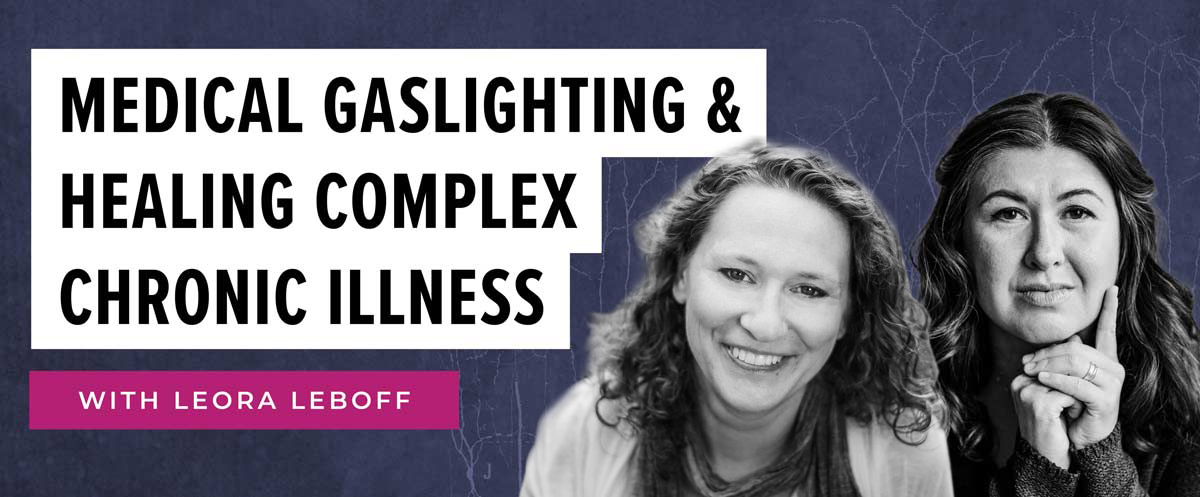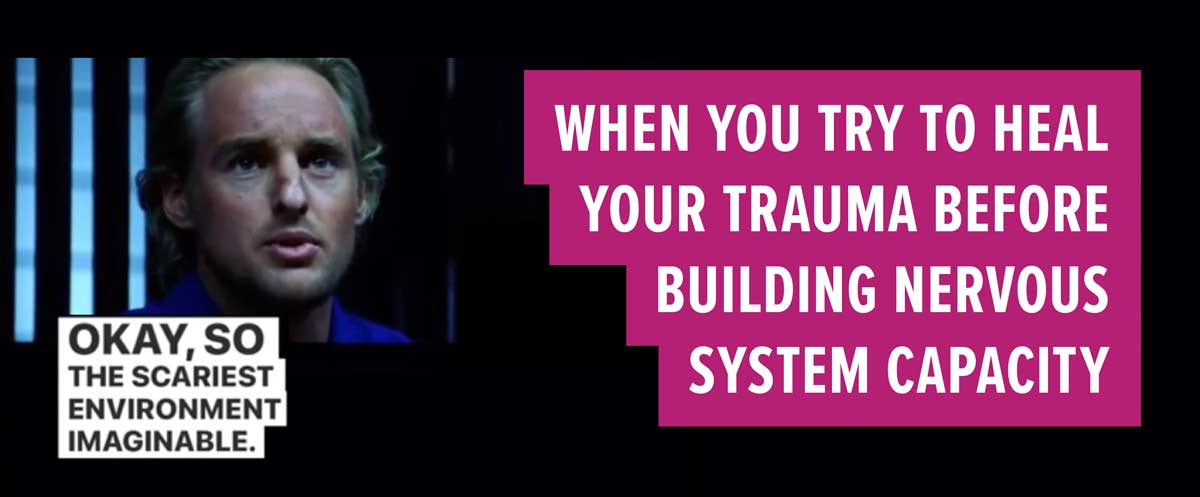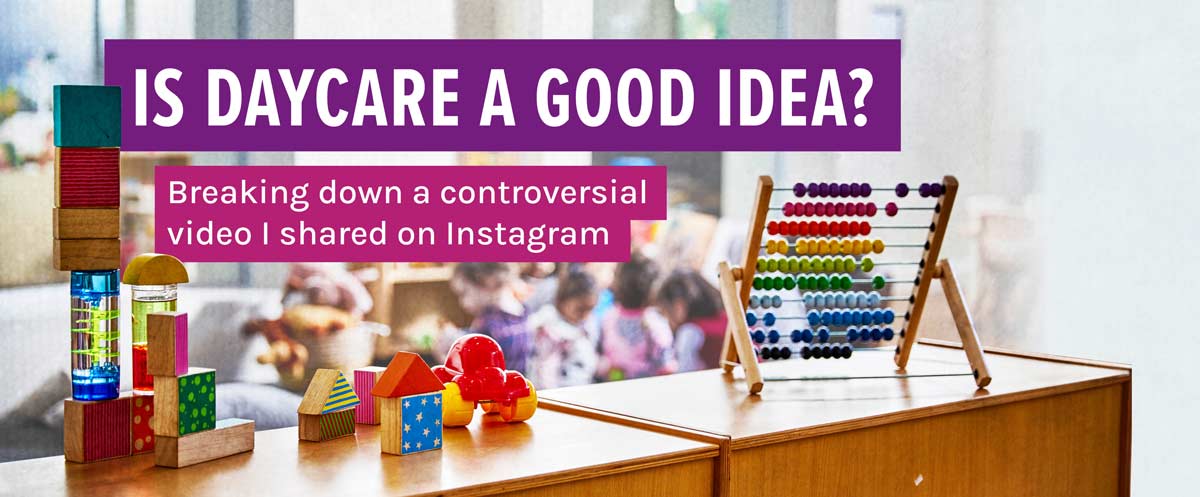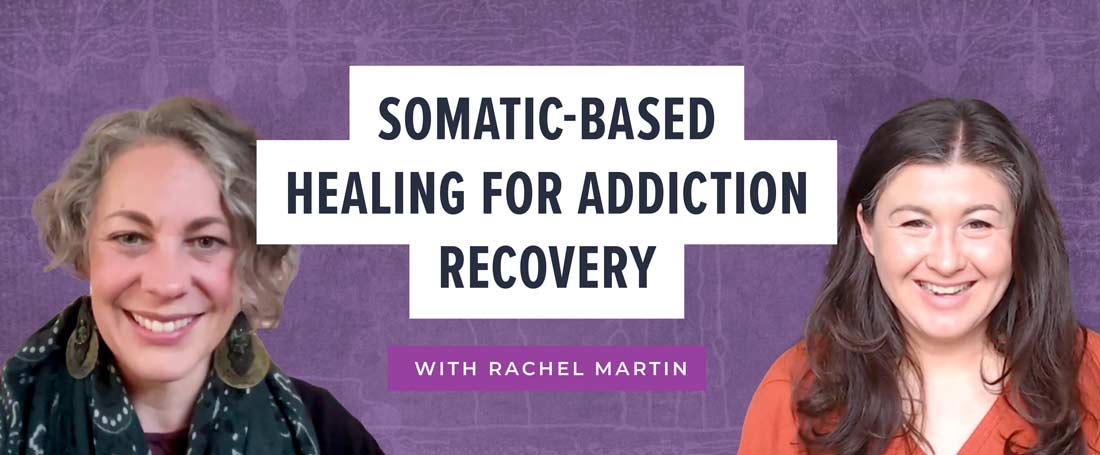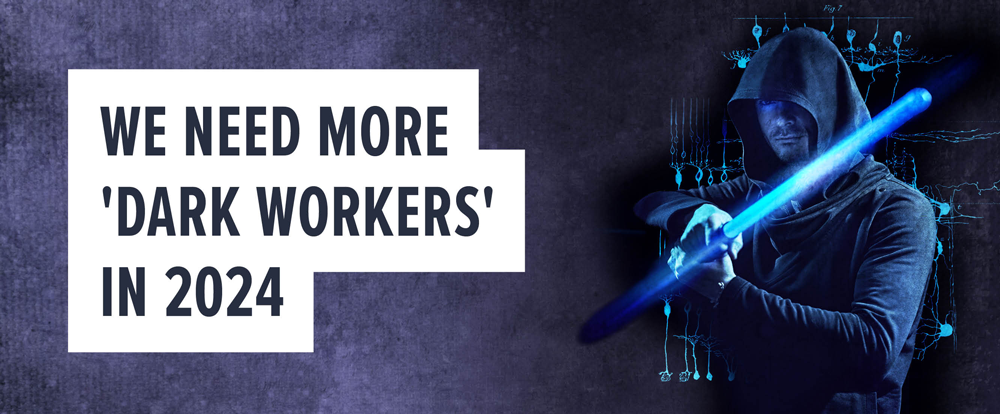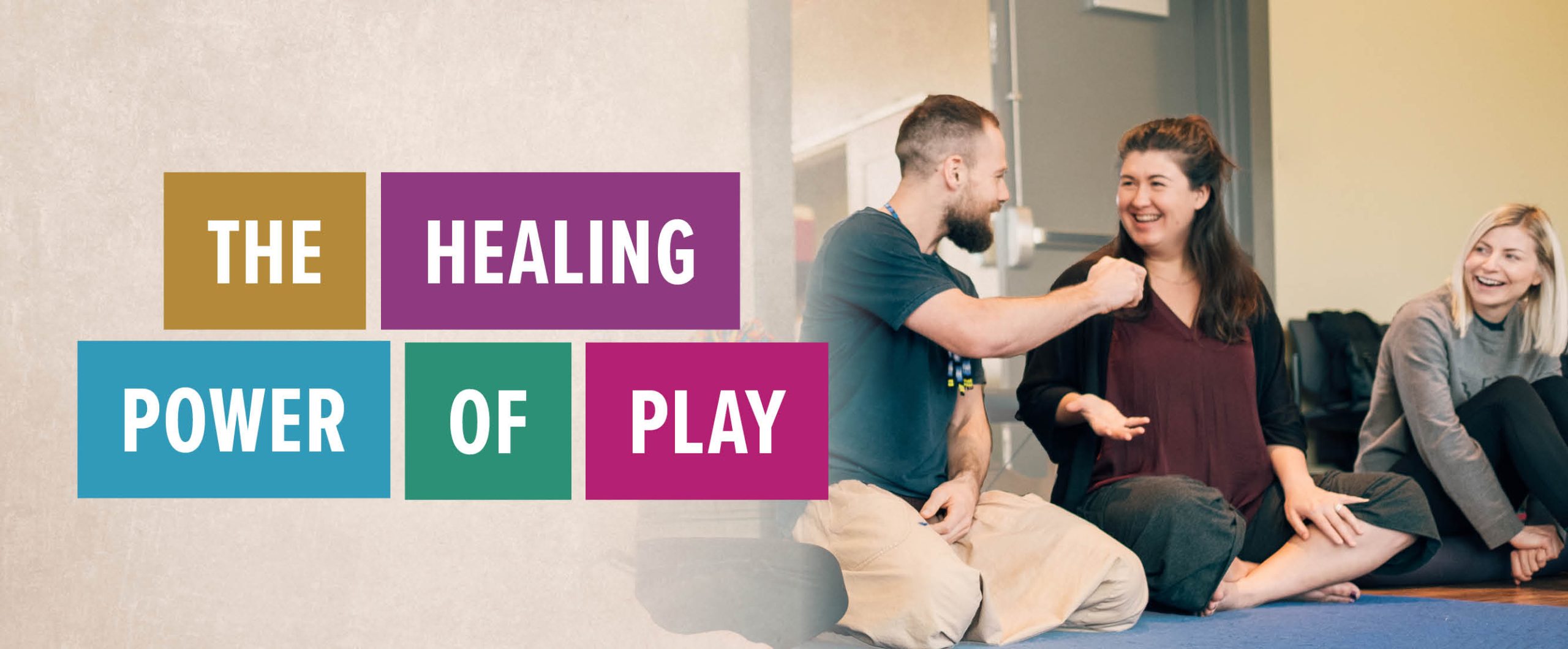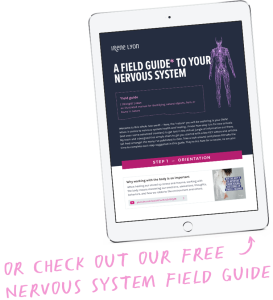One of the strongest memories I have in recent years is connected to natural play:
I remember being in an open movement space at a retreat centre, moving around on the floor and ‘playing’ with my body, its movements: twisting, flexing, extending, crawling, crouching…
I would always have the whole space to myself. Why?
Because no classes were being held! Outside of the regular class times of 8am, 12pm, and 5pm, the space would usually be empty. Occasionally, during these off times, the odd person would come in, walk around a bit, sit down to do a stretch, or maybe a meditation… but then, before too long, they would get up and go.
It occurred to me then that adults (in the west for the most part) don’t seem to have much interest in being with their body and exploring its movement unless being led or directed.
This makes perfect sense when you think about how we are typically taught to move at school, fitness centres, or sports clubs: always purposeful, usually organized, and often competitive.
Before I entered into my professional Feldenkrais training, it never would have occurred to me that I could lie down on the floor and roll around or crawl like a baby for fitness and to improve the functional capacity of my body.
And it wasn’t until my Somatic Experiencing and Somatic Practice training that I learned to pay attention to things like my gut, skin, organs, brainstem, and adrenals.
So I understand why most adults don’t have this skill set…
It took me 10 years of professional training to learn how to be with my body and respond in a self-directed way to its needs for movement or recovery.
Even as a trained exercise physiologist and personal athletic trainer, I only knew about teaching movement in terms of form, sets, reps, stretching, and the like. My earlier training was devoid of things like sensing, improving awareness of self, connecting to the ground and the surrounding environment. All to say…
It was a long journey to get to the point wherein I could self-organize and practice my natural birthright to PLAY.
Moving the body organically, with spontaneity, exploring the ground, and experiencing this sense of flow might not line up with what we think of as play (structured games, children being at a playground, sport, etc.)
However, I have found (both personally and professionally) that when we get our body back online, when we learn to sense and explore the organs, skeleton, and organic impulses of movement, with connection to the ground and environment, this greatly supports our ability to reconnect to this innate sense of playfulness.
Why? I think it is directly connected to the fact that the natural play we see with animals in the wild, and domesticated animals too for that matter, arises organically from their body, their vital energy, and their connection to their environment. It is not results-based. It is for the pure joy of just being!
If we take this one step further to human mammals, children who are given the freedom to play with the natural environment will create spontaneously. Give them an open meadow with rocks, sticks, and their bodies, and they find ways to create their own games. Give a child a fancy toy that comes in a box and what do they often end up playing with? The box! Which eventually becomes something imaginary.
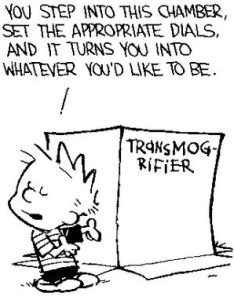
Of course, how the caregivers respond to this kind of play will greatly determine if the kids keep playing in this way. All it takes is one anxious adult who is not comfortable with their own creativity and spontaneity, or who is fueled by fear to say:
“Don’t touch that stick, it is dirty!”
“Come play at the pool, we didn’t come here to play in the woods, we paid to be at the pool.”
“Don’t you like your birthday toy? We spent a lot of money on that, all you want is the silly box.”
And so the story of starting to suppress our connection with nature, creativity, and spontaneity begins…
So how does this lack of natural play connect to trauma and our nervous system healing?
It connects because for us to heal our trauma (by restoring regulation via capacity building) we have to get back into our body, and for that to happen, we have to learn to pay attention to ourselves in a way that is not structured.
We have to learn (often re-learn) how to follow our natural biological (interoceptive) impulse again, the same impulse that drives that kid to explore the bushes and not the chlorinated swimming pool, or to colour on the box instead of playing with the new game or toy.
My experience over the years is that it is too much to ask most adults to ‘just play.’
Sure, give them a pickleball racquet and they can be athletic and do some movement, and there is nothing wrong with that. Nor is having a card game or playing backgammon (something I love to do!).
But for the purposes of restoring our birthright, our optimal self-regulation and freedom from stored trauma, we must get back to our connection to body, mind, environment, creativity, and, you guessed it… PLAY!
Want to learn how to start building your capacity so that you can resolve childhood trauma and get your “play” back? Consider joining the next round of SmartBody SmartMind™ (SBSM).
SBSM membership gives you lifetime access to a 12-week curriculum of polyvagal-informed education, practical neurosensory exercises, and interactive professional support for nervous system health and healing. Members also benefit from an extensive library of supplementary resources, including Movement Lessons with special guest teacher Elia Mrak, whose capacity to teach movement and inspire aliveness is like nothing I’ve ever seen! View the full syllabus here.
PS I also recommend watching the short (under 5 min) video that you’ll find in this older musing of mine, all about the importance of learning how to move, which connects directly back to play.

